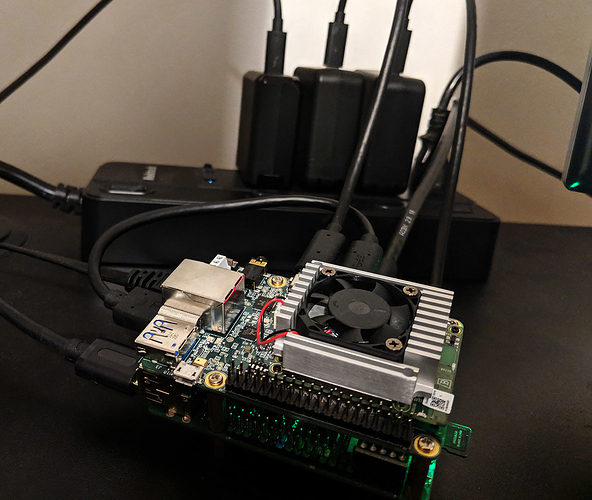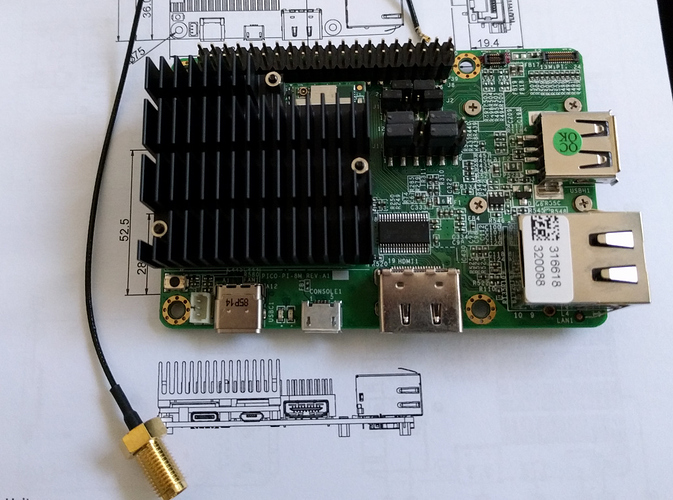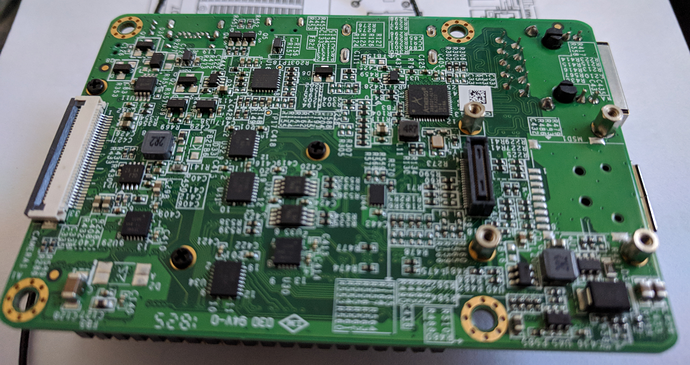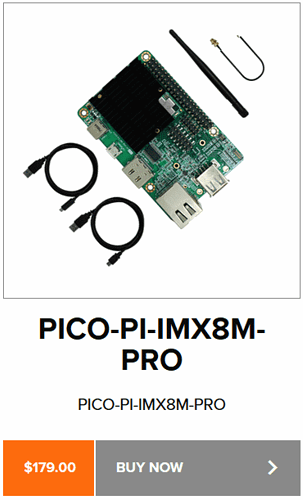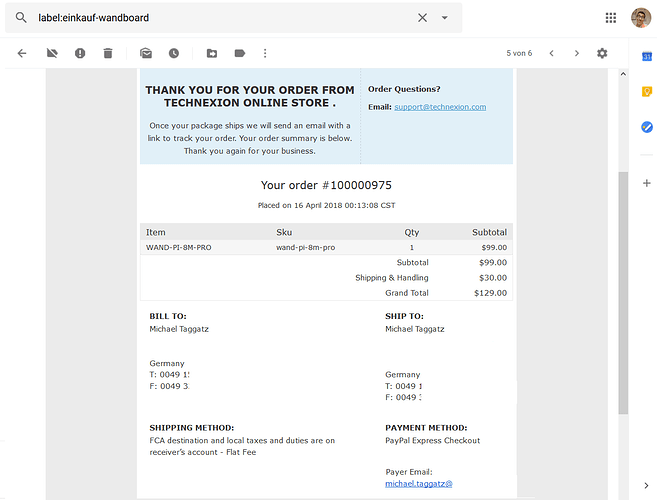Everyone says Raspberry Pi succeeded because of its supportive community, that’s something Rock Pi should follow. However. there obviously are technical perspectives too.
I chose Rock Pi 4 because of 2 reasons at the beginning: Raspberry Pi 3 form factor, and USB-C Power Delivery support. I almost placed the order for a Nano Pi 4, until I read the USB-C connector on that Pi is not true Power Delivery.
Since 2016 whenever I buy a gadget, it has to be either powered through USB-C, or an AC plug, period. Here is my bench set up:
I have 3 Power Delivery power supplies on the strip (in the background), all with 100W rated USB-C cables, capable of anything I could plug into, laptop, tablet, smartphone, headset, even my toothbrush (using a Qi wireless charger with USB-C). When I was shopping for a new monitor, found one almost perfect but use a proprietary power brick, I pass it without second thought. When I’m shopping for a new power adapter, it must be able to power all the gadgets I have, and must provide 12V rail (be careful some latest PD adapters dropped it).
There are some really exciting hardware showing up recently, Odroid N-2 is one of them, but again, I think their choice of the power supply is not excusable. The 2 new AI boards from Google and Nvidia, I think Google won hands down because of the same reason.
The picture above shows my Google AI board and Rock Pi 4 stacked up (there actually is a Z-Wave HAT in between).
Speaking of power strip, I highly recommend this one from Nekteck (I hope they have European version but don’t know), I can use it as power switch for all my Pis:
